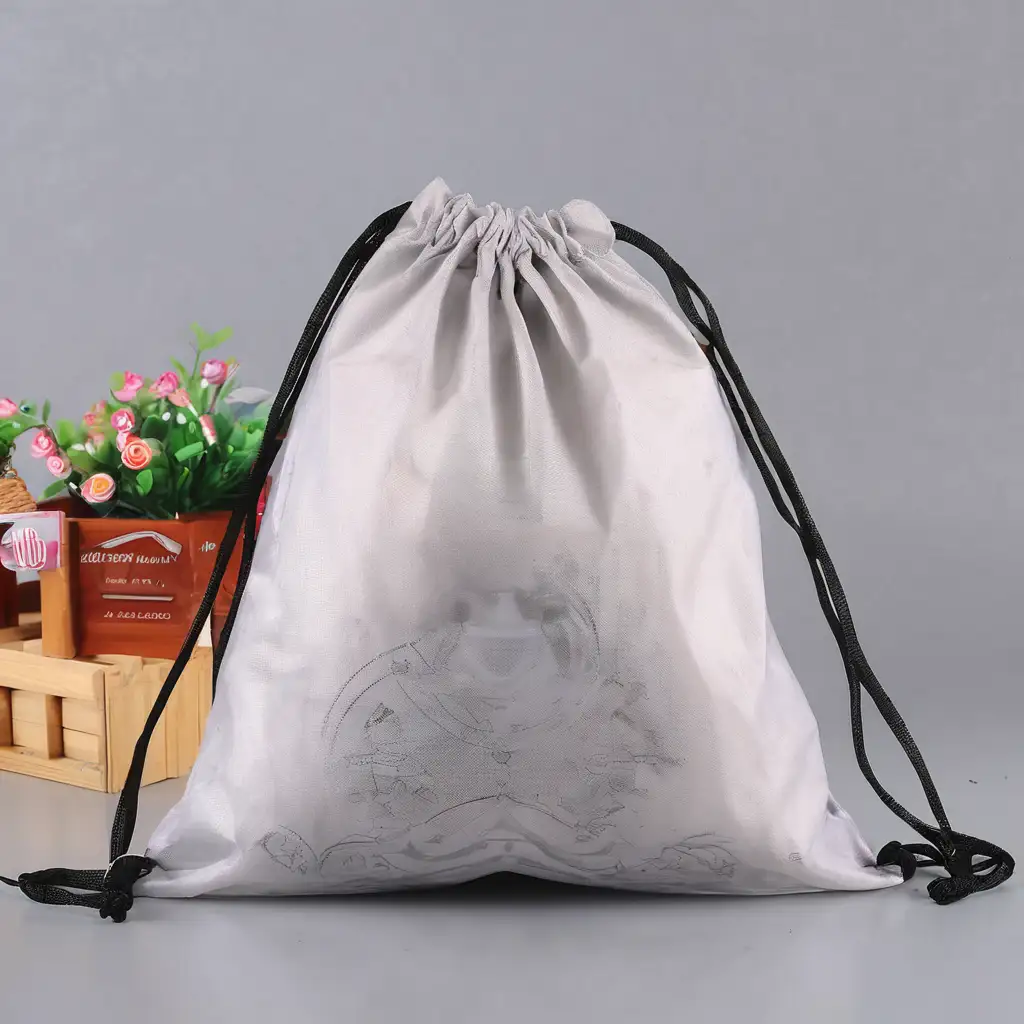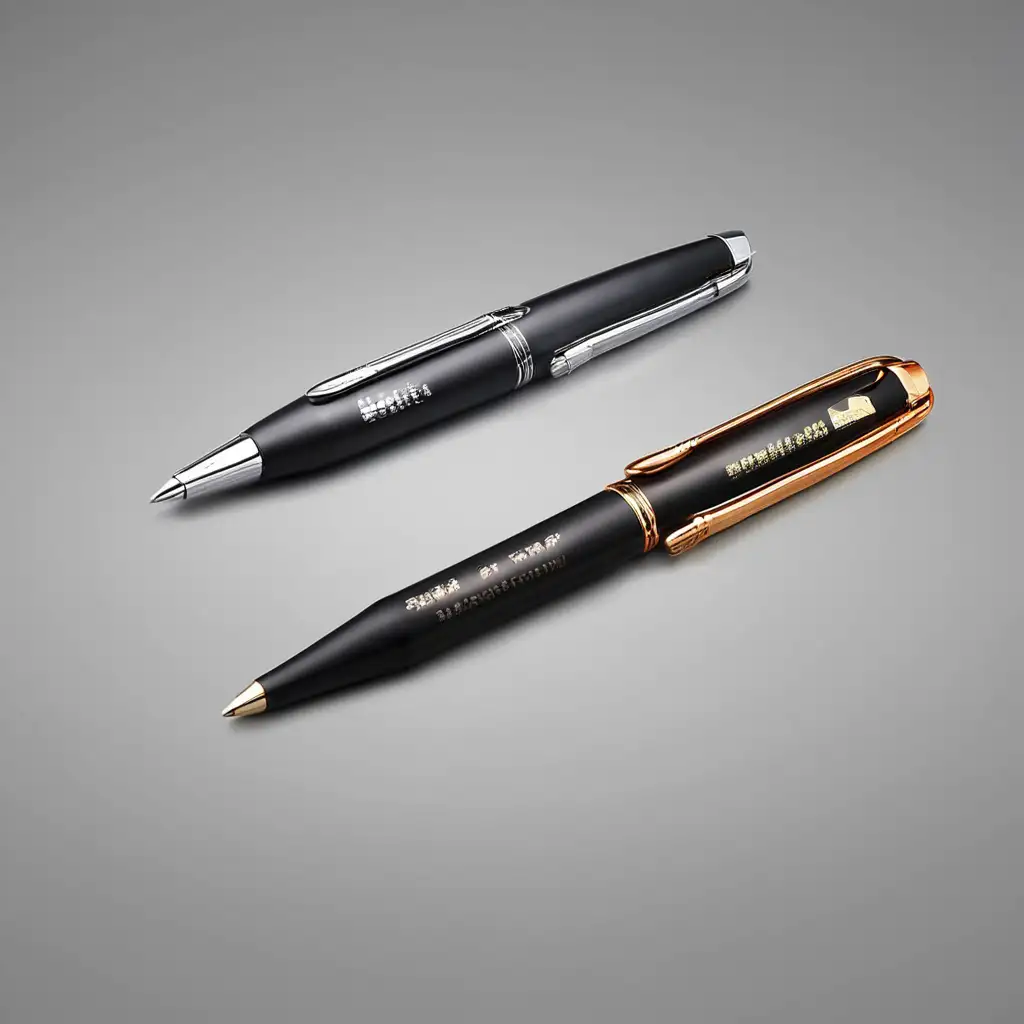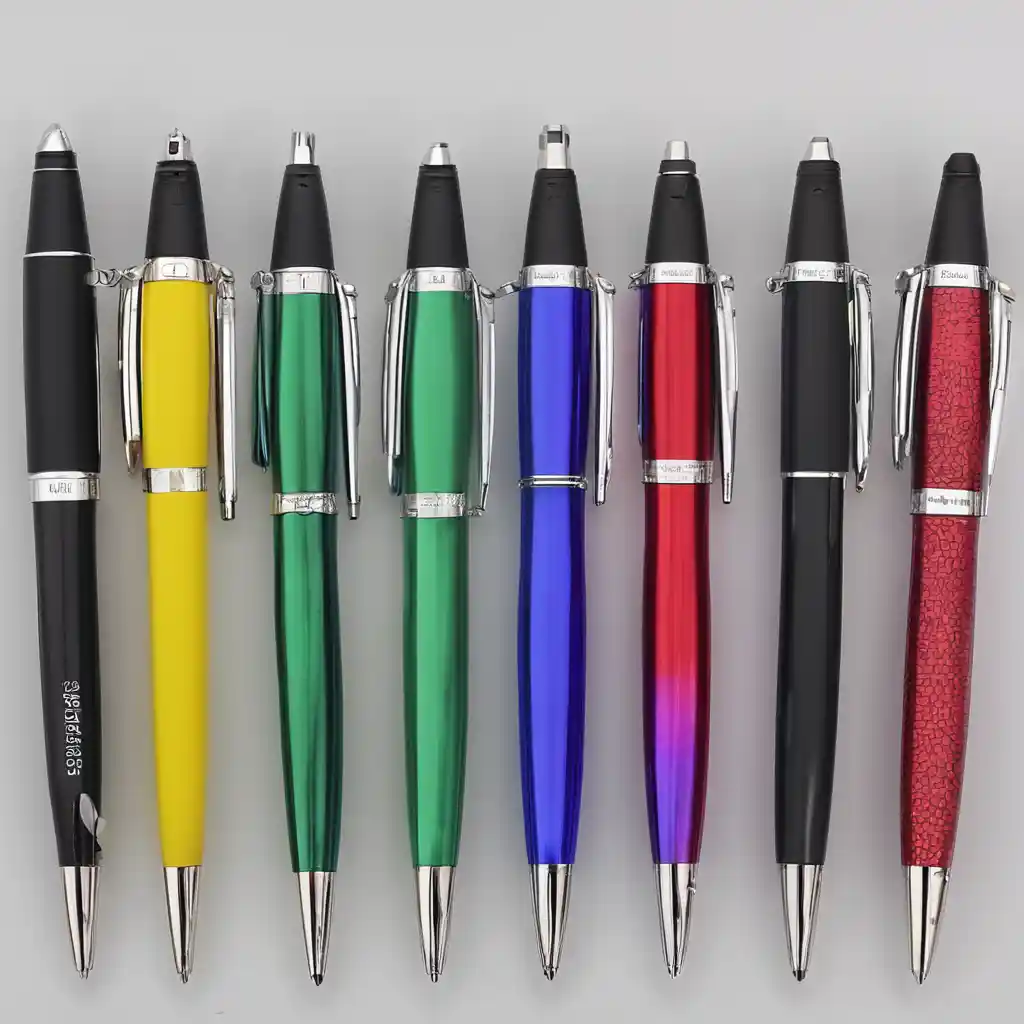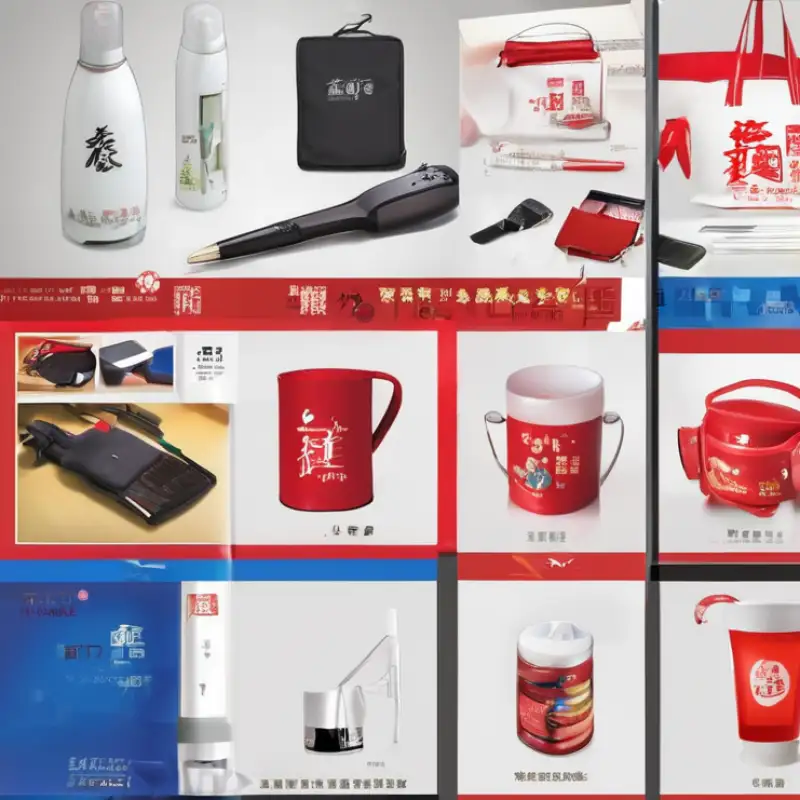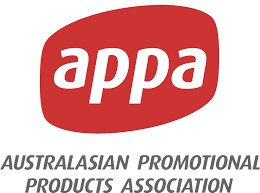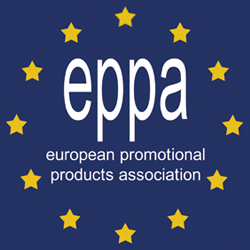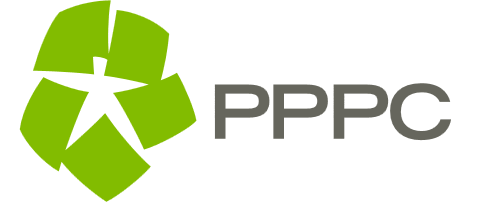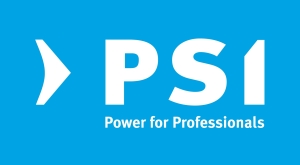In an era where environmental consciousness is paramount, businesses are increasingly turning towards sustainable practices to align with the values of their customers. One such eco-friendly branding avenue gaining popularity is the use of non-woven bags adorned with company logos. This article explores the significance of sustainable branding on non-woven bags and its impact on both businesses and the environment.
The Rise of Eco-Friendly Branding
Environmental Footprint Reduction
Non-woven bags, crafted from recycled materials such as polypropylene or other fibers, play a pivotal role in lessening the ecological impact when compared to conventional plastic bags. The manufacturing process of non-woven bags involves utilizing recycled content, diverting waste from landfills, and minimizing the need for raw materials extraction. This sustainable choice results in a reduced carbon footprint and resource consumption.
Additionally, the durability and longevity of non-woven bags contribute to further environmental benefits. Unlike single-use plastic bags, non-woven bags are designed for repeated use, thereby decreasing the overall demand for disposable bags and reducing the amount of waste generated.
By embracing these sustainable alternatives, businesses actively participate in the larger movement towards minimizing plastic pollution. Not only do they address environmental concerns, but they also position themselves as responsible and environmentally conscious entities, resonating positively with consumers who increasingly prioritize eco-friendly practices. The shift to non-woven bags represents a tangible step in the direction of sustainability, fostering a more circular and environmentally friendly approach to packaging and daily consumer habits.
Positive Consumer Perception
In the contemporary marketplace, consumers exhibit a heightened preference for brands that actively embrace sustainability as part of their core values. The incorporation ofbranded non-woven bags into a business's promotional strategy not only provides a practical and reusable item for customers but also communicates a positive brand image.
Eco-conscious consumers are increasingly making purchasing decisions based on a brand's commitment to environmental responsibility. Branded non-woven bags, often made from recycled or sustainable materials, serve as tangible symbols of a company's dedication to reducing its ecological impact. When consumers receive and use these environmentally friendly bags, they become brand ambassadors, unintentionally endorsing the company's commitment to sustainable practices.
Moreover, the visibility of a brand logo on a non-woven bag serves as a continual reminder of the brand's eco-friendly stance. This subtle reinforcement contributes to a positive and lasting consumer perception, fostering loyalty among those who align with the values of environmental stewardship. In essence, the use of branded non-woven bags not only meets the practical needs of consumers but also creates a favorable association between the brand and responsible, sustainable practices, resulting in a stronger and more positively perceived brand image.
Benefits of Non-Woven Bags for Sustainable Branding
Durable and Reusable
One of the distinctive features of non-woven bags is their notable durability and reusability. These bags are designed to withstand the rigors of regular use, offering a robust and long-lasting alternative to single-use plastic bags. The use of strong, woven fibers or bonded fabric in the manufacturing process enhances their resistance to wear and tear, making them a practical and sustainable choice.
The durability of non-woven bags translates into an extended lifespan, ensuring that customers can use them repeatedly for various purposes. Whether it's for grocery shopping, carrying personal belongings, or as a general tote, these bags maintain their structural integrity over time. This longevity not only enhances their functionality but also contributes significantly to reducing the overall demand for disposable bags.
When businesses feature their company logo on these durable non-woven bags, they capitalize on the extended visibility that comes with repeated use. Customers essentially become mobile brand ambassadors as they carry these bags throughout their daily activities, inadvertently promoting the brand to a wider audience. This prolonged visibility enhances brand recall and establishes a more lasting connection between the consumer and the brand, fostering a positive and enduring brand relationship.
Versatility in Design
Non-woven bags offer a canvas for creative and eye-catching designs due to the flexibility and adaptability of the non-woven material. The manufacturing process allows for a range of colors, textures, and finishes, providing companies with the freedom to craft visually appealing bags that align with their brand aesthetics.
The non-woven material's receptive nature enables seamless incorporation of company logos into the design. Logos can be printed, embroidered, or applied using various techniques, ensuring a professional and integrated appearance. This branding integration transforms each non-woven bag into a mobile advertisement, as customers carry them in public spaces, exposing the brand to a diverse audience.
Companies can leverage this design versatility to not only convey their brand message effectively but also to create aesthetically pleasing and fashionable bags. By aligning the design with current trends or incorporating unique visual elements, businesses can make their non-woven bags stand out, turning them into not just practical carriers but also fashion statements. The visual appeal of these bags contributes to increased usage and serves as a conversation starter, further enhancing the brand's reach and impact.
Implementing Sustainable Branding Strategies
Customization
Customization plays a pivotal role in the effectiveness of non-woven bags as branding tools. Tailoring these bags to align seamlessly with a brand's aesthetics, values, and messaging is crucial for maximizing their impact.
Logo Integration: Incorporating the company's logo is fundamental. Whether through printing, embroidery, or other techniques, the logo should be prominently and tastefully displayed. This ensures immediate recognition and association with the brand.
Brand Colors and Themes: Adhering to the brand's color palette and visual themes creates a cohesive and recognizable design. Consistency in colors not only reinforces brand recognition but also amplifies the bags' visual appeal, making them instantly identifiable as part of the brand's identity.
Messaging and Branding Elements: Strategic placement of brand slogans, taglines, or key messaging on non-woven bags reinforces the brand's ethos. These concise messages, when aligned with the brand's values, serve as subtle yet impactful touchpoints for consumers.
Quality and Finishing: Ensuring high-quality production and finishing touches enhances the bags' overall appeal. From the choice of materials to the execution of design elements, attention to detail reflects the brand's commitment to excellence.
Custom Designs for Different Purposes: Tailoring designs for specific campaigns, seasons, or events adds versatility to non-woven bags. For instance, a limited-edition design for a seasonal promotion can create excitement and encourage consumer engagement.
By customizing non-woven bags to reflect the essence of the brand, companies create a portable representation of their identity. These personalized bags become more than just carriers; they become powerful tools for brand reinforcement, leaving a lasting impression on consumers while contributing to a sustainable and environmentally conscious image.
Promotional Events
Incorporating branded non-woven bags into events and promotional campaigns is a strategic move that not only promotes sustainability but also amplifies brand exposure in diverse settings.
Sustainable Giveaways: Distributing non-woven bags as promotional giveaways at events aligns with the growing trend of eco-conscious consumerism. Attendees appreciate receiving a practical and sustainable item that reflects the company's commitment to environmental responsibility.
Walking Advertisements: As recipients use these branded bags in their daily lives—whether for shopping, commuting, or other activities—they inadvertently become walking advertisements for the brand. The visibility of the logo in various settings increases brand recognition and extends the reach of the promotional efforts.
Versatility in Usage: Non-woven bags are versatile and find utility in a range of scenarios. Whether at the grocery store, gym, or during daily commutes, the bags become integral parts of recipients' routines. This frequent use ensures prolonged visibility, maximizing the promotional impact over time.
Positive Brand Association: The act of distributing sustainable and reusable bags contributes to a positive brand association. Recipients perceive the brand as socially responsible and environmentally conscious, enhancing the overall reputation and fostering a connection with a conscious consumer base.
Increased Engagement: Branded non-woven bags create opportunities for increased engagement, as recipients may share their experiences on social media or engage in conversations about sustainable practices. This organic, word-of-mouth promotion further extends the brand's reach beyond the initial event.
By integrating branded non-woven bags into promotional events, businesses not only make a positive environmental statement but also strategically position themselves for increased brand visibility and engagement. These bags serve as tangible reminders of the brand's commitment to sustainability, contributing to a more lasting and favorable brand impression.
Challenges and Solutions
Cost Considerations
Although the upfront cost of non-woven bags may appear higher than that of traditional alternatives, it's essential to recognize that the long-term benefits, both in terms of environmental impact and brand perception, far surpass the initial investment.
Environmental Savings: Non-woven bags, often crafted from recycled materials, contribute significantly to environmental conservation by reducing reliance on single-use plastics. The long lifespan and reusability of these bags further diminish the overall environmental footprint associated with disposable alternatives.
Reduced Usage of Single-Use Plastics: The shift to non-woven bags reflects a commitment to minimizing single-use plastic consumption. Over time, the consistent use of durable and reusable non-woven bags contributes to a substantial decrease in the demand for and disposal of plastic bags, aligning with broader sustainability goals.
Positive Brand Image: Embracing environmentally friendly practices through the use of non-woven bags enhances a brand's image. Consumers increasingly value and support businesses that prioritize sustainability, and this positive perception can lead to increased customer loyalty and positive word-of-mouth marketing.
Extended Brand Visibility: Non-woven bags offer prolonged visibility as they are used repeatedly by customers. The consistent display of a company's logo on these bags serves as an ongoing advertisement, reaching a broader audience over time and making the initial investment worthwhile.
Customer Loyalty and Trust: Consumers appreciate businesses that invest in sustainable practices. By choosing non-woven bags, companies signal their dedication to responsible environmental stewardship, earning trust and loyalty from environmentally conscious consumers.
While non-woven bags may present a higher initial cost, the long-term benefits in terms of environmental conservation, positive brand perception, and increased customer loyalty make them a cost-effective and socially responsible choice. Companies that prioritize sustainability not only contribute to a healthier planet but also position themselves as leaders in conscious and responsible business practices.
Educating Consumers
When implementing non-woven bag initiatives, brands should integrate educational campaigns to enlighten consumers about the environmental impact of their choices and underscore the advantages of opting for sustainable alternatives.
Environmental Awareness: Launching educational campaigns creates an opportunity to raise awareness about the detrimental effects of single-use plastics on the environment. By providing information on pollution, waste, and the consequences of disposable materials, brands empower consumers to make informed decisions.
Benefits of Non-Woven Bags: Clearly communicating the benefits of non-woven bags is crucial. Brands should emphasize aspects such as durability, reusability, and the use of recycled materials. Illustrating how choosing non-woven bags aligns with broader sustainability goals encourages consumers to actively participate in eco-friendly practices.
Reducing Plastic Footprint: Highlighting the significant role non-woven bags play in reducing plastic waste is essential. Brands can showcase statistics and real-life examples to illustrate the positive impact that a simple switch to reusable bags can have on the environment, emphasizing the power of collective consumer choices.
Interactive Platforms: Utilizing various platforms such as social media, websites, and in-store displays, brands can create interactive content to engage consumers. This can include informative videos, infographics, and interactive quizzes to make the educational process engaging and memorable.
Promotional Incentives: Brands can encourage the adoption of sustainable practices by offering promotional incentives for customers who choose non-woven bags. This could include discounts, loyalty points, or exclusive access to special events, reinforcing the positive behavior of making environmentally conscious choices.
Partnerships with Environmental Organizations: Collaborating with environmental organizations adds credibility to the educational campaign. Brands can work with these organizations to share expert insights, data, and best practices for sustainable living, fostering a sense of community and shared responsibility.
By integrating education into non-woven bag initiatives, brands not only contribute to informed consumer choices but also position themselves as advocates for environmental responsibility. This proactive approach not only enhances the effectiveness of the sustainability initiative but also strengthens the bond between the brand and its consumers, creating a community dedicated to positive environmental impact.
Conclusion
As the business landscape evolves, incorporating sustainable branding practices becomes not just a choice but a necessity. Non-woven bags, with their eco-friendly properties and branding opportunities, present a compelling avenue for businesses to align with sustainability goals while fostering positive consumer relationships. Embracing the shift towards sustainable branding on non-woven bags is not just an investment in the environment but also in the enduring success of a brand in the conscientious market.



